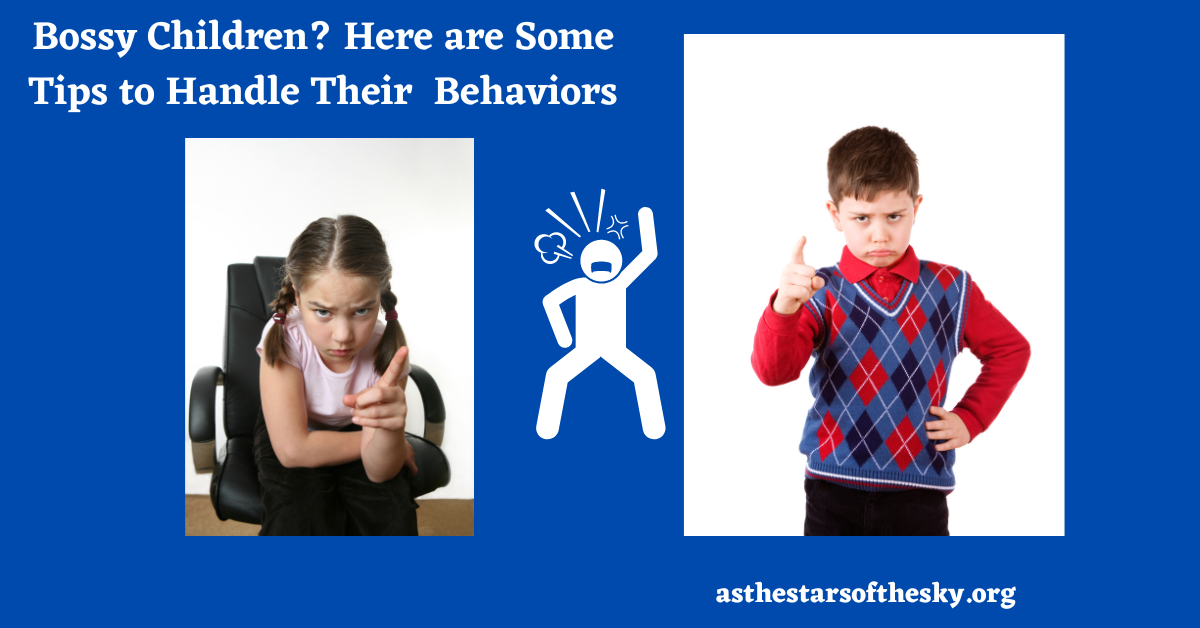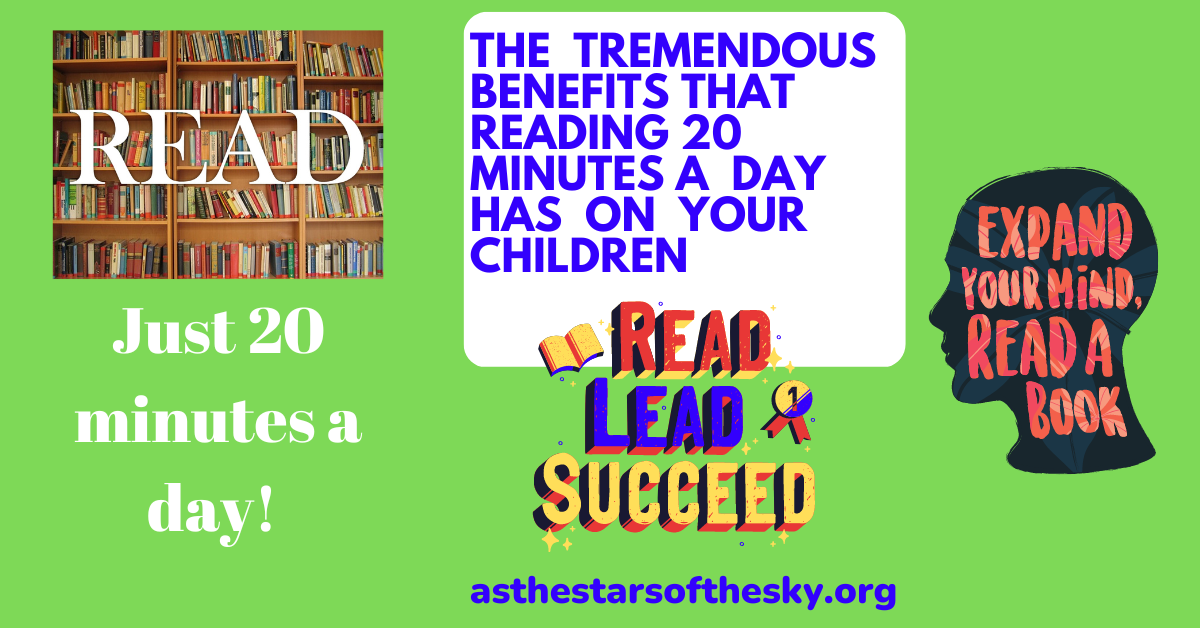Tuesday, November 8 is election day all over the United States, from local to district to county to state-wide elections. There is so much being said and written about voting. What do your children know about this critical right that we are privileged to have in our democracy?
I strongly believe that we should raise our children to be passionate about voting and electing righteous people to positions in government. We should teach them and also be role models of good citizens so that they become life-long voters.
There is quite a bit of information available on the internet about teaching your children about voting and I will provide some helpful information and links in this post to assist you.
Here are some articles:
Grow a Good Citizen: How to Teach Your Kids About Voting – highlights 7 points, one of which is teaching respectful disagreement;
6 Fun Ways to Teach Children About the Importance of Voting – encourages children to read books about voting rights and observe you exercise your right to vote;
Let's Vote! Talking to Children About Voting – PBS website article that has videos and arts and crafts activities;
Voting and Voices Classroom Resources – offers recommendations for many activities that will help your children learn about the history and struggles involved with the right to vote.
To learn more, please visit:
https://www.cmosc.org/6-tips-to-help-children-understand-the-power-of-voting/
https://www.pbs.org/parents/lets-vote
https://www.learningforjustice.org/projects/voting-and-voices/classroom-resources
https://www.weareteachers.com/teach-presidential-election-process/




















